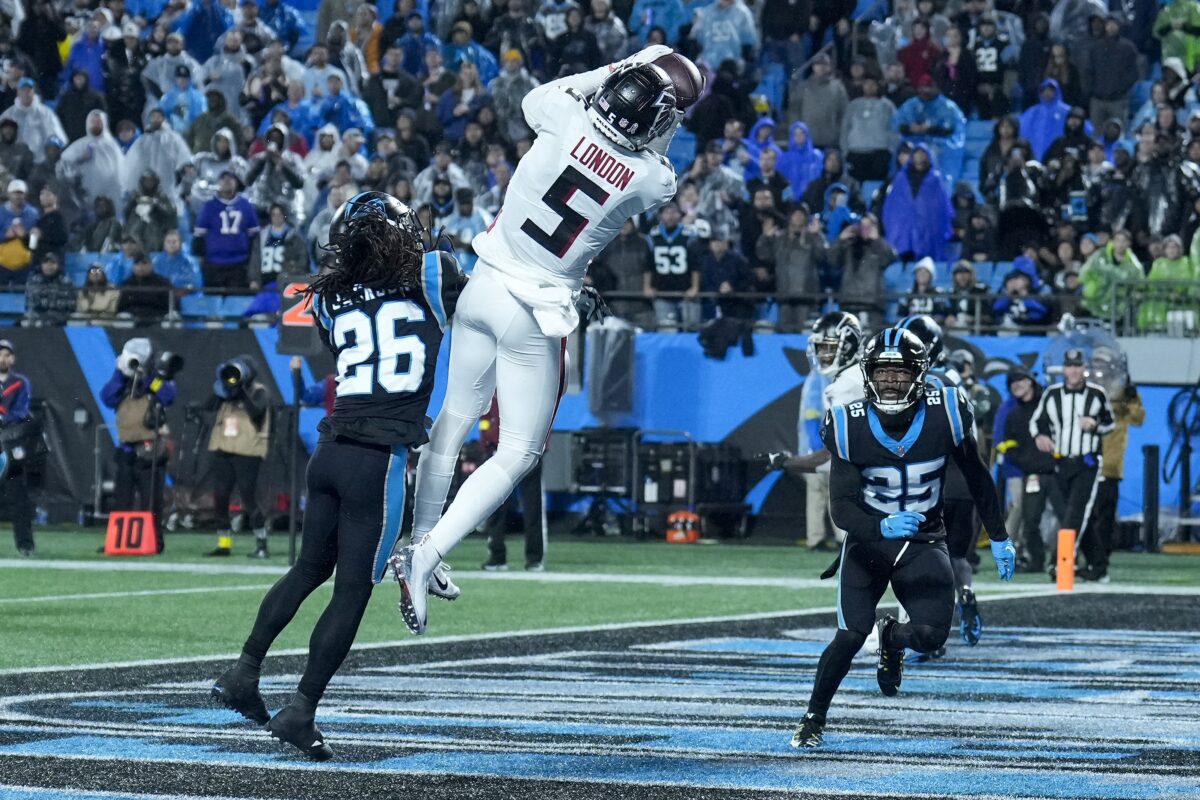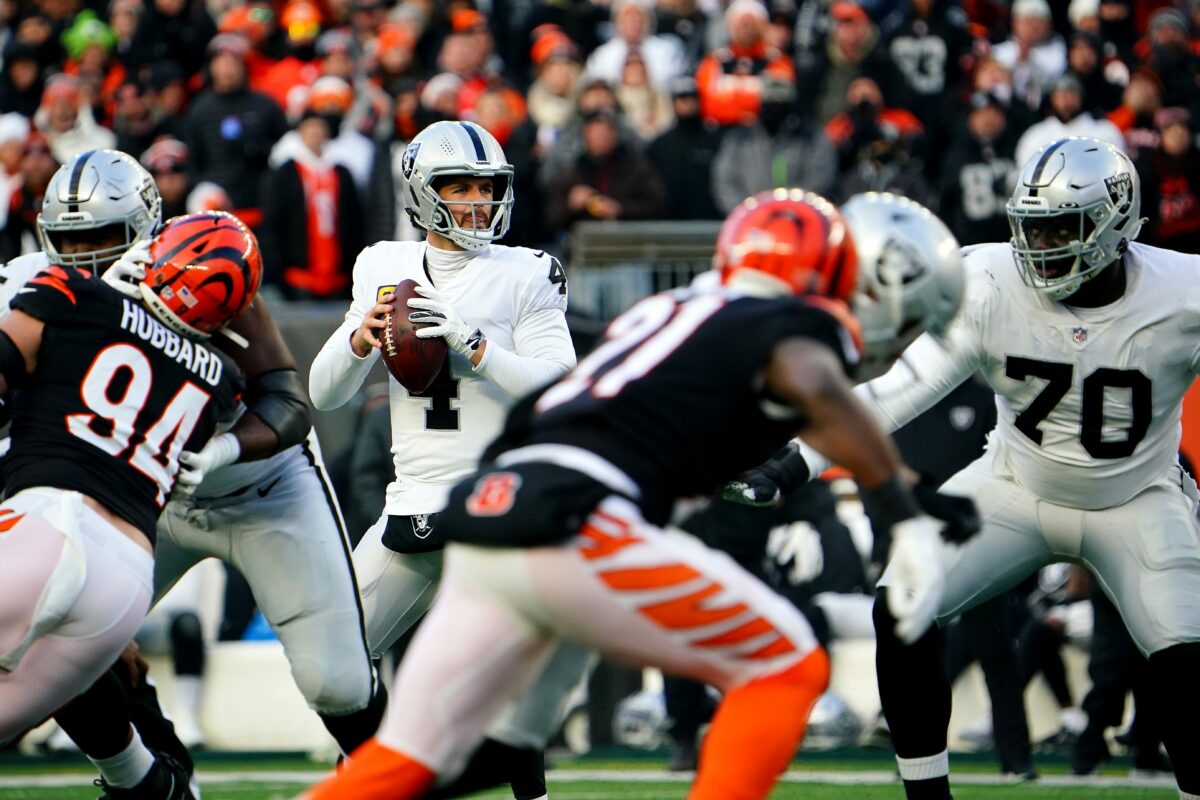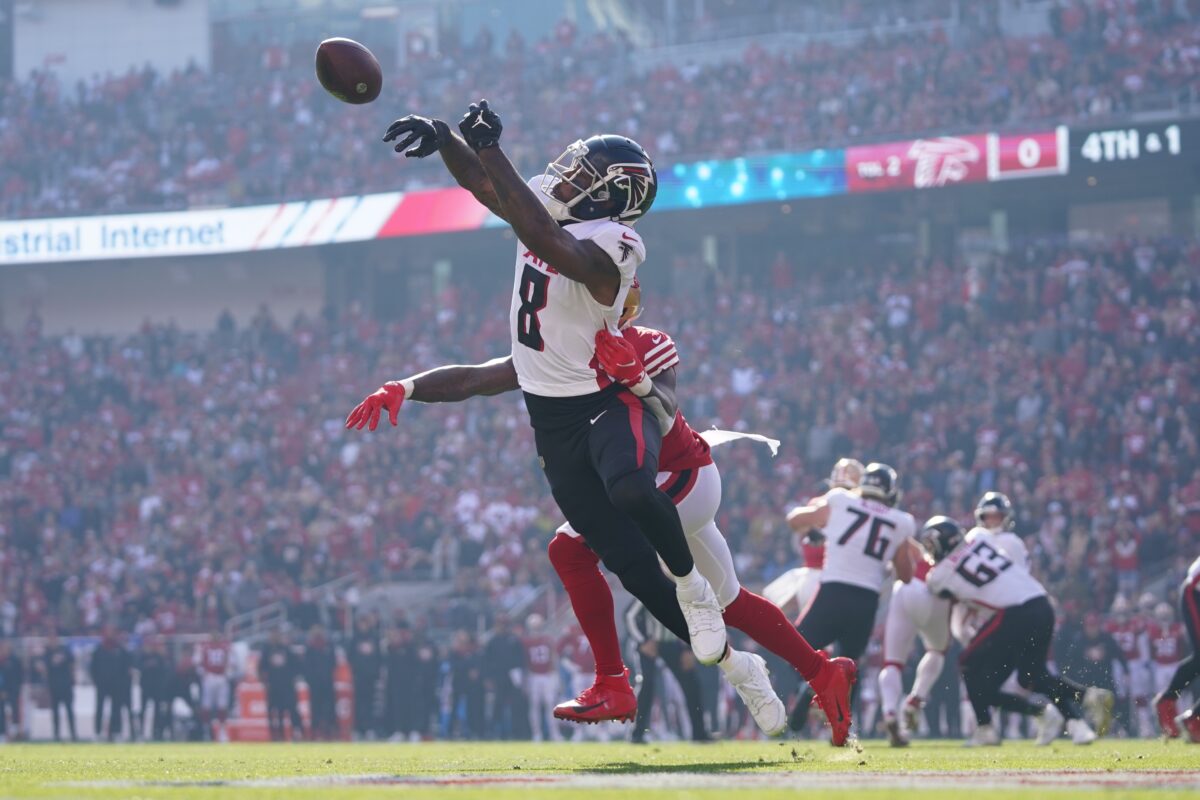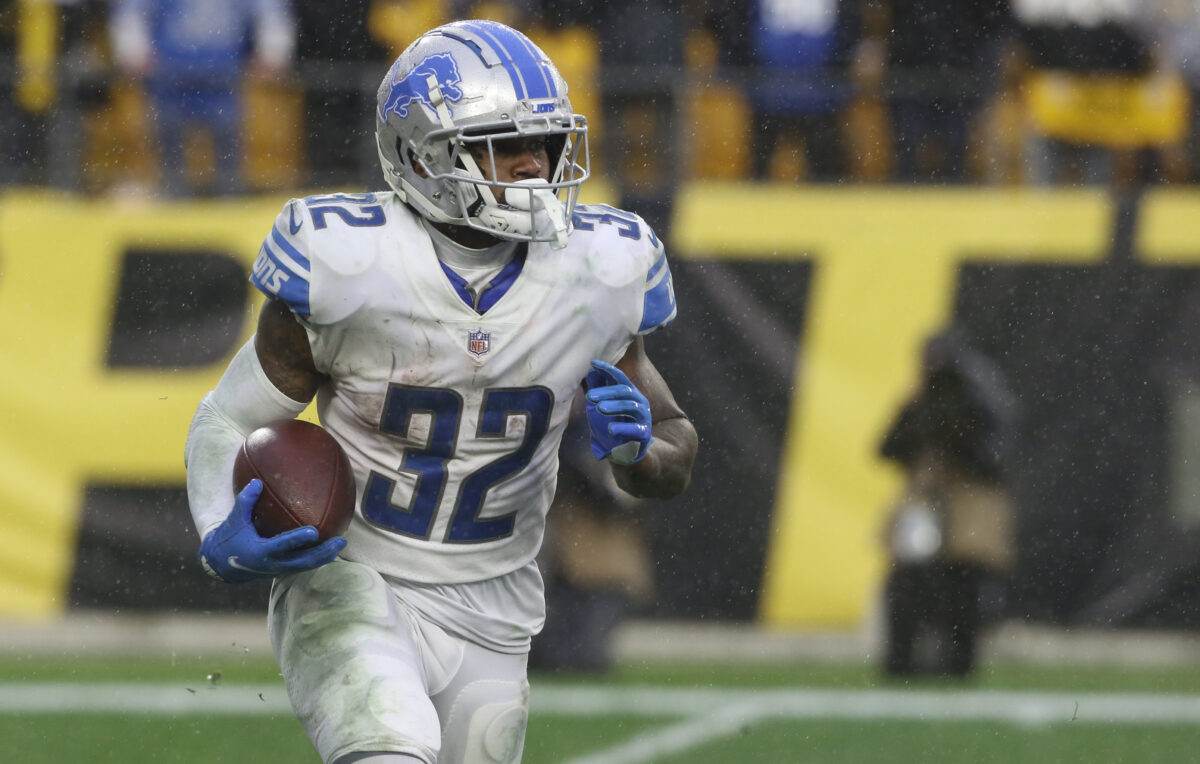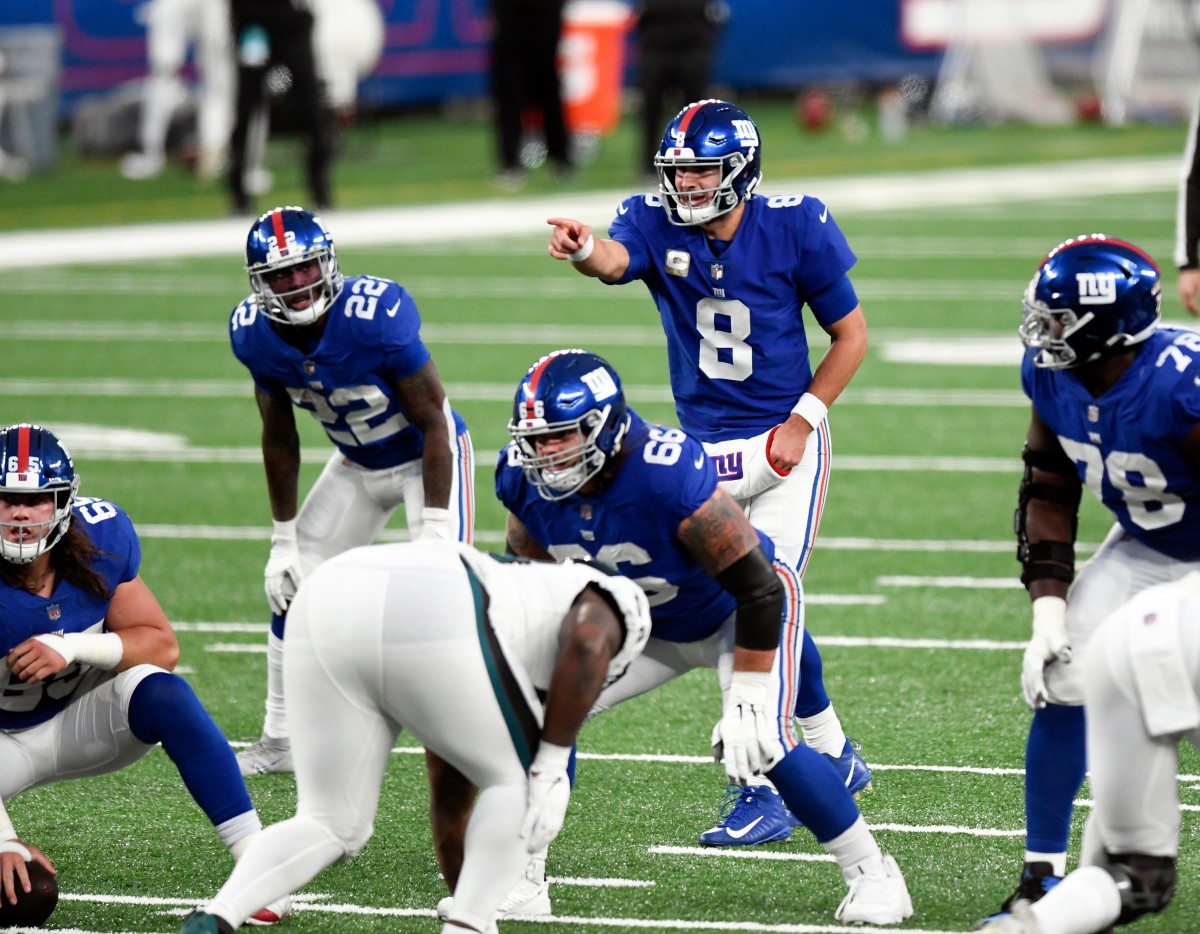The schedule strength for receivers is typically the least accurate compared to running backs and quarterbacks because two to four wideouts and a tight end are regularly used per team, and each varies in how they mix them.
That means comparing the schedule strength between 2023 and 2024 is also harder to apply to individual players. Only the extremes are likely to matter.
The average fantasy points allowed by defenses to receivers last year were applied to each offense’s schedule to determine their true schedule strength of last year and the same values are applied to their 2024 schedule. This includes considering both home and away venues separately for each defense.
The resulting fantasy point advantages are compared between years and the difference is their “swing points.” The higher the Swing Points, the better their schedule is compared to last year.
This analysis is very close to that for the quarterbacks, but a few differences stem from relying on running backs as receivers on some teams, as that skews the pass distribution.
See Also: Quarterbacks | Running Backs
Best schedule swings

Drake London, Kyle Pitts (ATL) – This is all good news for a franchise that was among the worst in passing for the last couple of seasons. Refreshing with Kirk Cousins, a new pass-intensive scheme and now the most improved schedule from 2023 and it all is looking up for the Falcons.
Diontae Johnson, Adam Thielen (CAR) – Bryce Young was the first player drafted in 2023, but he had little help in any direction for a franchise that owned a minimal amount of passing weapons, a one-year offensive scheme that flopped and a bad schedule. A new set of coaches, upgrades with Diontae Johnson and Xavier Legette, and a vastly upgraded schedule should all make a positive difference and get the Panthers’ passing offense on track.
DJ Moore, Keenan Allen, Rome Odunze (CHI) – The Bears already have an embarrassment of riches with receivers DJ Moore, Keenan Allen, Rome Odunze, and Cole Kmet. They drafted the top quarterback in the 2024 class and get a nice improvement in schedule. The only downside here is trying to feed all those options.
Amon-Ra St. Brown, Sam LaPorta (DET) – The Lions already had one of the best passing offenses and now enjoy a solid rise in outlook with the No. 3 best schedule for receivers. With the offense already dedicated to piling up the receptions for St. Brown and LaPorta, the schedule only serves to make them even more reliable.
Amari Cooper, Jerry Jeudy, David Njoku (CLE) – The Browns offense needed a break and 2024 should allow the receivers to meet their potential with Deshaun Watson healthy and well-versed in the offense and the schedule finally well above average.
Marvin Harrison Jr., Trey McBride (ARI) – The rookie Harrison and McBride already look like locks for a high volume of targets and they get a healthy Kyler Murray back. Throw in one of the top schedules after only average in 2023, and the needle is pointing up for the Arizona receivers this year.
About the same schedule strength

The bad news is that the Jaguars, Bengals, Dolphins, and Broncos all repeat their ultra-tough schedule strengths from 2023. Can they remain better than their schedule?
Worst schedule swings

Malik Nabers, Wan’Dale Robinson (NYG) – The Giants were already challenged with yet another shaky year of Daniel Jones and now the schedule is working against them. It is enough to drop Nabers another tick and hope he can survive a tough rookie campaign.
Quentin Johnson, Joshua Palmer (LAC) – The Chargers already swapped out coaches and dedicate their offense to running the ball more. And they stripped out all veteran talent from the wideouts. And they rely on what appears to be one of the weakest receiver units in the NFL. And now their receivers get to go against the worst schedule. Justin Herbert is an elite quarterback, but everything with the 2023 Chargers screams that a down year is about to happen.
Marquise Brown, Rashee Rice, Travis Kelce (KC) – This is less worrisome with an upgraded set of receivers and Patrick Mahomes playing in the same pass-happy scheme. If any team can weather a bad schedule swing, it is the Chiefs.
Mike Evans, Chris Godwin (TB) – The Buccaneers take a dive down from their previous No. 5 schedule strength for receivers but their scheme has a huge portion of the targets funnel through Evans and Godwin. They may not equal last year, but shouldn’t fall far thanks to volume alone.
Puka Nacua, Cooper Kupp (LAR) – Nacua blew up with a historic rookie season and Kupp is always dangerous weapon when healthy. This slide doesn’t help but the duo is one of the best in the league. They should still deliver even with the increased competition.
